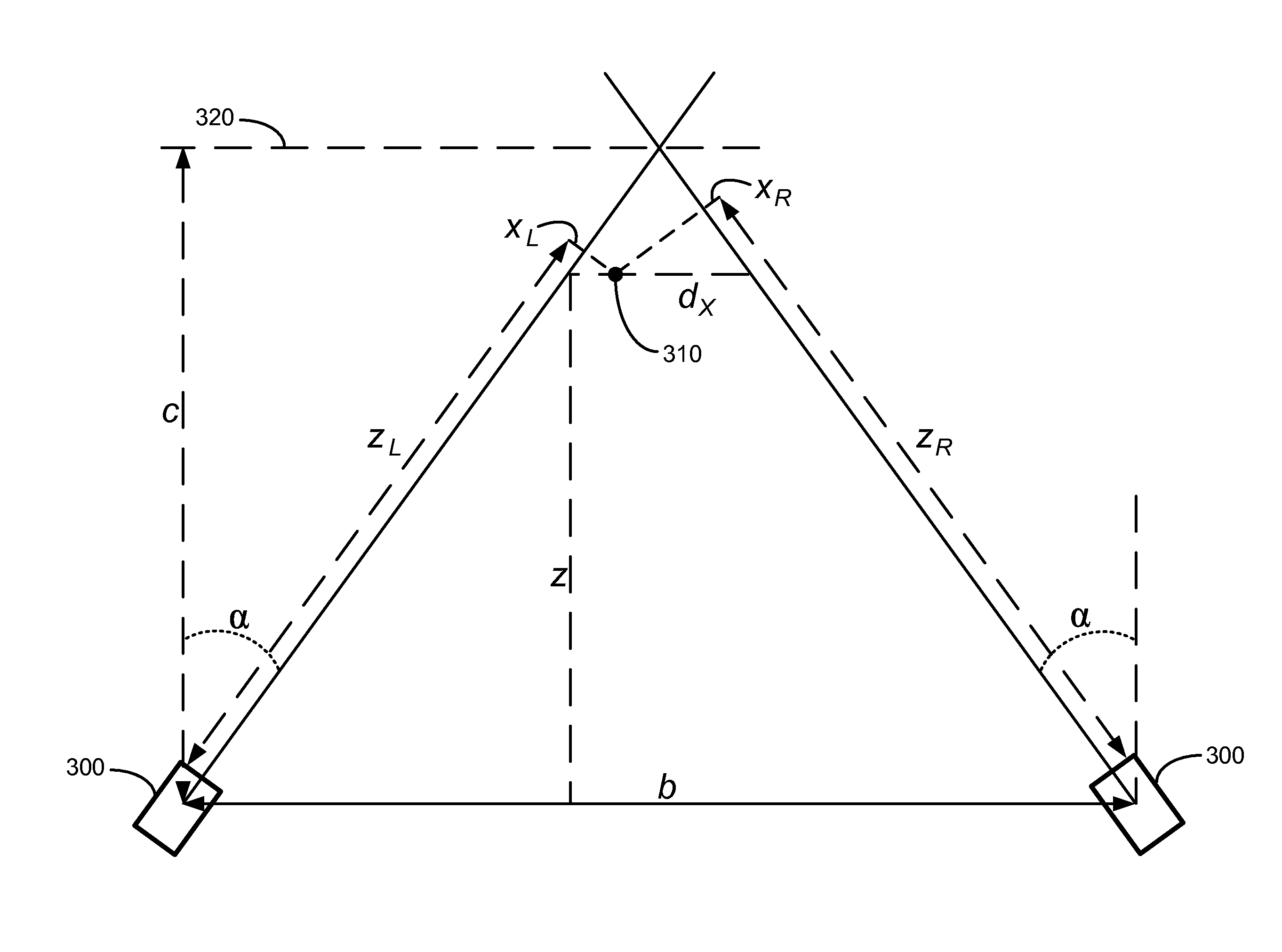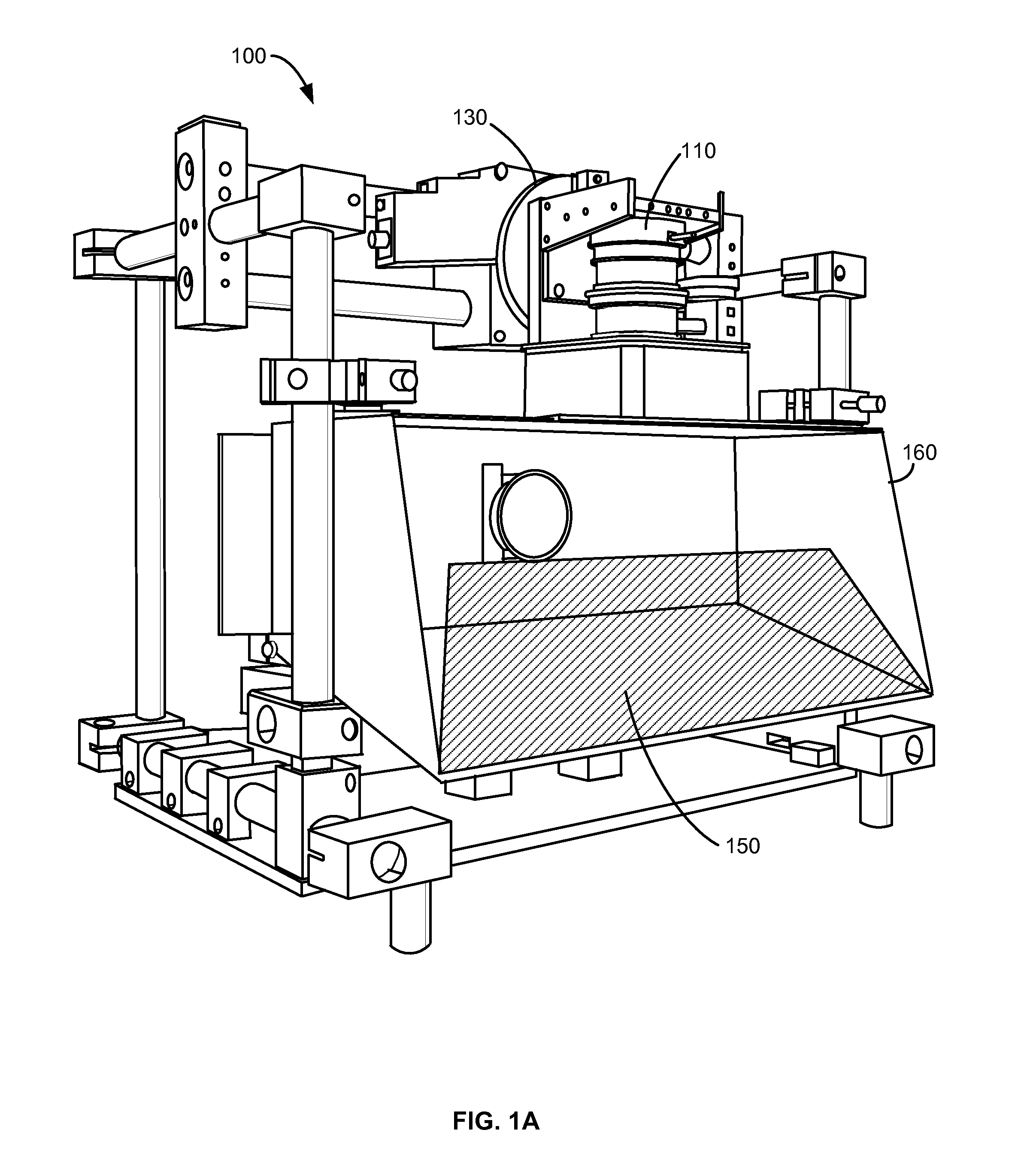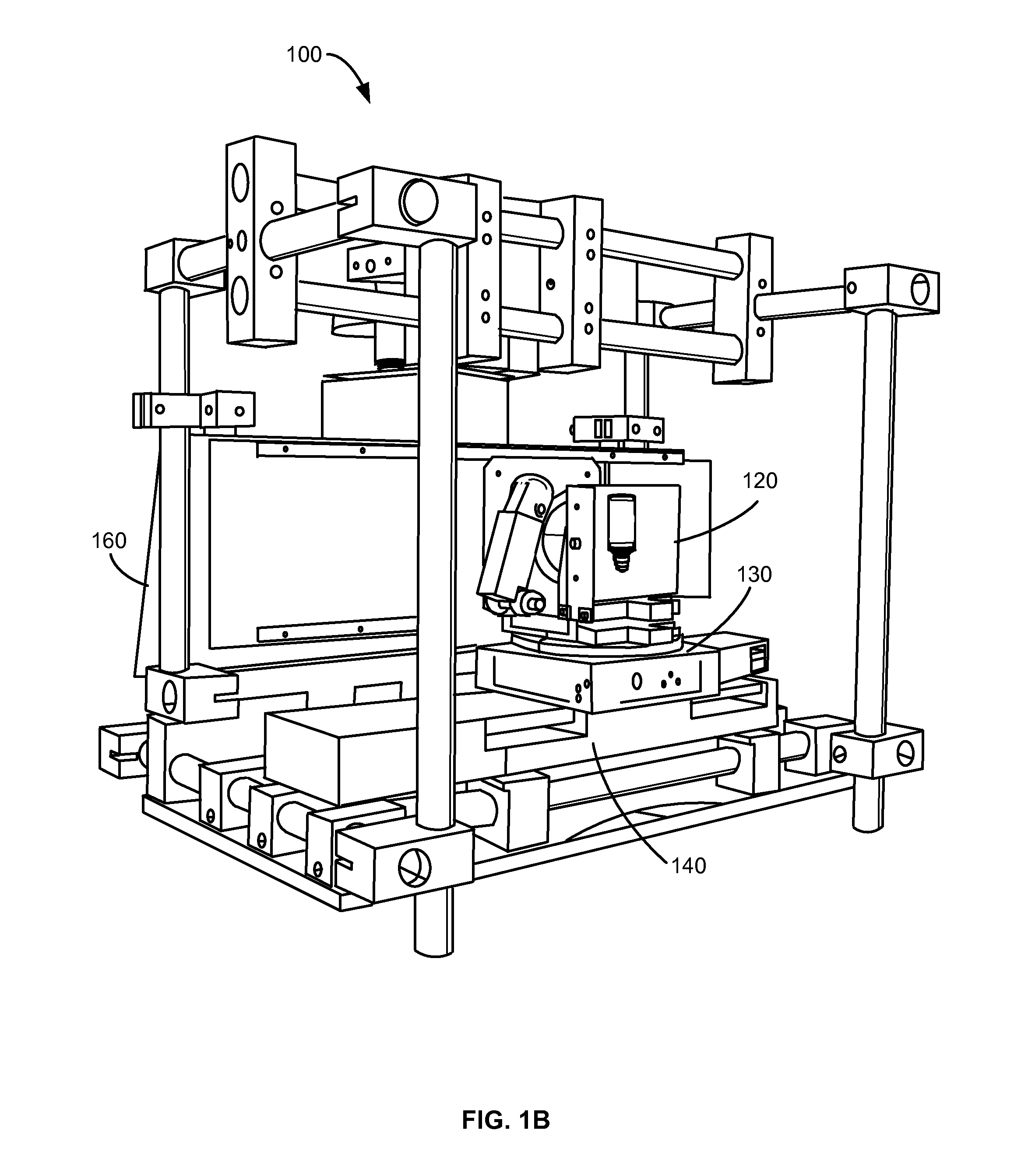Computational stereoscopic camera system
a camera system and stereoscopic technology, applied in the field of image processing, can solve the problems of inability to accurately capture the depth of the image, the production of stereoscopic movies is more demanding than traditional movies, and the production of high-quality stereoscopic content is still a challenging art, so as to achieve the effect of computational power and flexibility, easy capture, and easy operation
- Summary
- Abstract
- Description
- Claims
- Application Information
AI Technical Summary
Benefits of technology
Problems solved by technology
Method used
Image
Examples
application examples
[0088]Automatic interaxial distance and convergence plane control is performed using the data from the disparity estimation in the stream analyzer. From the still images shown in FIGS. 7A-C, one can see how the controller properly adjusts the camera parameters to bring disparities into the desired range. However, reliable depth information is required for robust automatic control. In the present implementation, this may limit the frame rate and, in combination with the median filter, lead to the latency visible in the video. For relatively static scenes or for higher frame rates the additional low-pass filter can be used to smooth out the camera-parameter adjustments.
[0089]FIGS. 7A-C illustrate the effect of different interaxial and convergence settings. FIG. 7A shows a close-up scene shot using a wide interaxial distance (70 mm) and parallel cameras (infinite convergence distance), and produces huge disparities that fall outside of the desired disparity bracket and violate the ster...
PUM
 Login to View More
Login to View More Abstract
Description
Claims
Application Information
 Login to View More
Login to View More - R&D
- Intellectual Property
- Life Sciences
- Materials
- Tech Scout
- Unparalleled Data Quality
- Higher Quality Content
- 60% Fewer Hallucinations
Browse by: Latest US Patents, China's latest patents, Technical Efficacy Thesaurus, Application Domain, Technology Topic, Popular Technical Reports.
© 2025 PatSnap. All rights reserved.Legal|Privacy policy|Modern Slavery Act Transparency Statement|Sitemap|About US| Contact US: help@patsnap.com



